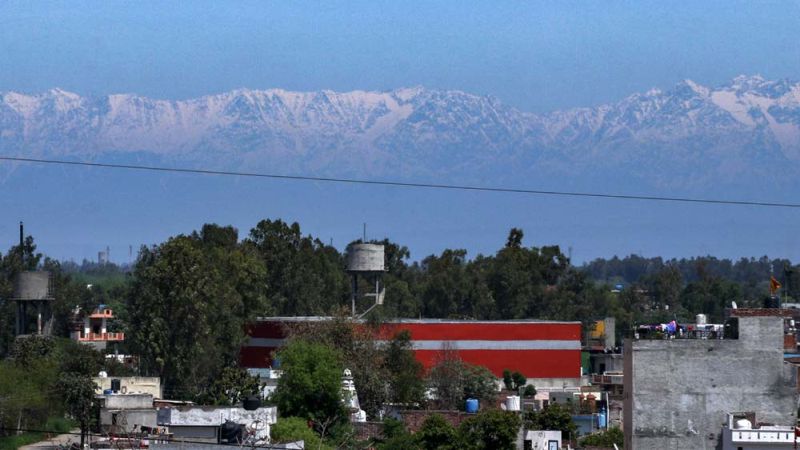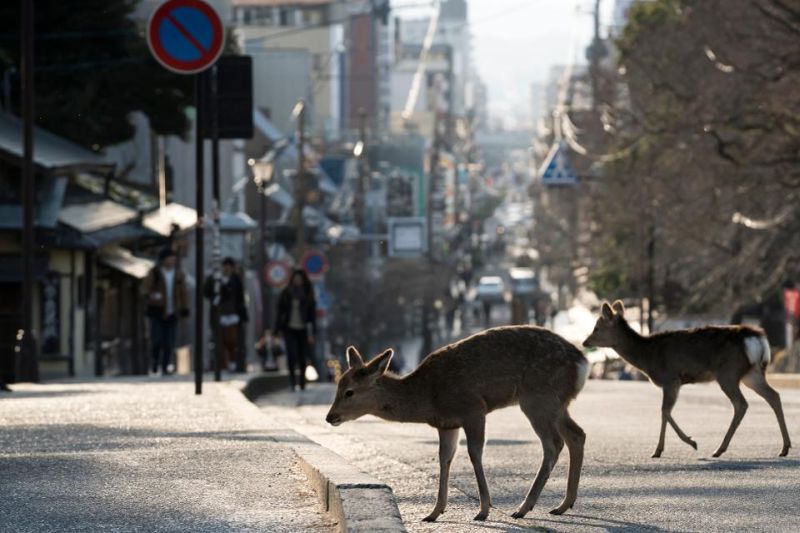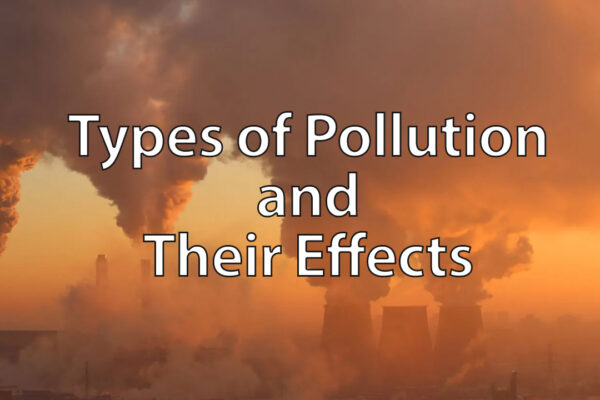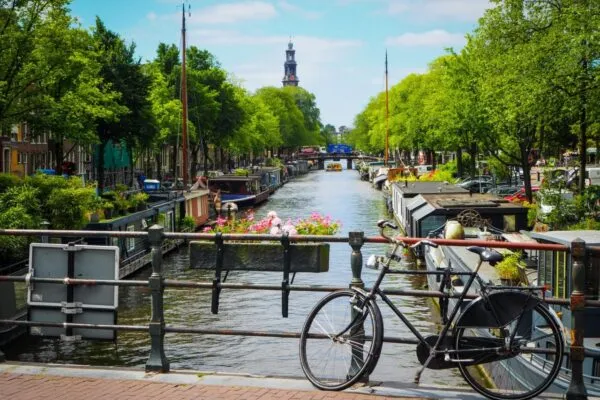Nature is Healing as Coronavirus Lockdowns Clear Skies and Streets
As the pace of the world is drastically slowed down to inhibit the spread of novel coronavirus, nature is healing amid the coronavirus induced lockdowns, even though it might be temporary. Air pollution has significantly decreased and wild animals are parading on the quiet city streets.
From rasping health care systems to extreme social inequality, the COVID-19 virus has been exploiting the biggest weaknesses of the global community for the past few months. While air pollution has spiked the pandemic, coronavirus outbreak has cleared the skies, however temporary it may be.
Air Pollution and Coronavirus – The Link
According to a study, which must still undergo peer review for publication, polluted air makes COVID-19 more injurious. It revealed that the small pollutant particles called PM2.5, breathed over many years, gradually escalated the chances of dying from the virus.
The researchers from Harvard University’s T.H. Chan School of Public Health analyzed data on PM2.5 levels and COVID-19 deaths from about 3,000 US counties covering 98 percent of the US population. Counties that averaged just one microgram per cubic meter more PM2.5 in the air had a COVID-19 death rate that was 15 percent higher.
If you’re getting COVID, and you have been breathing polluted air, it’s really putting gasoline on a fire.
A Harvard biostatistics professor and the study’s senior author, Francesca Dominici said.
The fine particles penetrate deep into the body, promoting hypertension, heart disease, breathing trouble, and diabetes, all of these increase complications in coronavirus patients. These particles deteriorate the immune system as well and fuel inflammation in the lungs and respiratory tract, which increases the risk of both getting infected with COVID-19 and of having severe symptoms.
From China’s Hubei province to industrial northern Italy and almost the entire world, pollution levels have declined as lockdowns aimed at slowing the viral spread have closed businesses and trapped billions of people at home.
In India, with the world’s worst air pollution, “people are reporting seeing the Himalayas for the first time from where they live,” Lauri Myllyvirta, lead analyst at the Helsinki-based Centre for Research on Energy and Clean Air, said in an email.

People are seeing the Himalayas from Punjab, India due to reduction in air pollution / Image: PTI
India’s hurriedly enforced lockdowns have been devastating, leaving hundreds of thousands of migrant workers without homes or jobs. But in Delhi, where the air is normally choking, levels of both PM2.5 and the injurious gas nitrogen dioxide fell more than 70 percent.
Also Read: COVID-19 Lockdown Reveals Decline in Air Pollution Throughout World
Of course, the declines are temporary. But the cleaner pandemic skies do show how fast we can bring down pollution when we reduce our burning of fossil fuels.
Even before this study, scientists were sure that air pollution will likely worsen the impacts of COVID-19 coronavirus, in addition to the wide-ranging health damage it causes. A 2003 study of the outbreak of SARS, found that death rates in China’s most polluted areas were twice as high as in the least polluted ones.
The scientists believe that even temporarily cleaner air can help flatten the curve of the pandemic, which could ease the burden on health care systems by reducing the number of people who experience severe COVID-19 symptoms.
Nature is Healing Amid Lockdowns
Besides the significant air pollution decline, nature is healing itself amid the coronavirus lockdowns. There have been plenty of sightings of animals in the urban jungle within a few weeks of lockdowns.
Coyote on the streets of San Francisco during the coronavirus shelter in place order #mindblowing #wow pic.twitter.com/mz35HAe9ZM
— manishkumar (@manishkumar457) March 23, 2020
Coyotes have been spotted throughout San Francisco, even taking naps in patches of green spaces in the city. In the coastal Welsh town of Llandudno, a herd of mountain goats stomped through the streets, munching on vegetation and climbing walls.
In Boulder, Colorado, mountain lions have been prowling residential streets—one even took a nap in a backyard tree.
Also Read: Venice’s Canals Bloom with Wildlife As Coronavirus Lockdown Keeps Tourists Away
Joanna Lambert, a wildlife biologist at the University of Colorado-Boulder, has been seeing more wildlife lately in Lyons, Colorado, where she lives. She has seen a mountain lion pad through her townhome complex and spotted a gray fox—an uncommon species to find in nature, let alone in the streets.

Deer cross a road in Nara, Japan / Image: Forbes
She says of wild mammals living near cities,
They are paying attention, and certainly things have quieted down. One of the hallmarks of species that live near or within human settlements is that they are very behaviorally flexible and responsive to these kinds of changes…They’re very sensitive to the presence of other species around. Humans are often treated by animal species as a predator…They will be very sensitive in terms of the time of day that they’re coming out and they will be most active when humans are least active.
Certainly, animals are out and about more than they might otherwise be, and this is especially true with mammals.
Lambert thinks the trend is part us observing more, part changes to the animal behavior. But she adds that people are also slowing down and paying more attention now. But on less-used state and rural highways, the lower traffic might allow wildlife to effectively expand habitat previously bound by busy streets.
Lambert hopes that this situation might lead us to appreciate our wild neighbors. Now is a great time to go birding, she notes, with many avian species migrating and engaging in courtship rituals and songs.
These animals have always been here and they are sort of revealing themselves to us now at a time when we’re paying attention to the small things. I hope that that influences our disposition to the life around us.
Evidently, nature is healing amid the coronavirus lockdowns throughout the world. However temporary these changes may be, environmentalists are enthusiastic about the healing nature.


